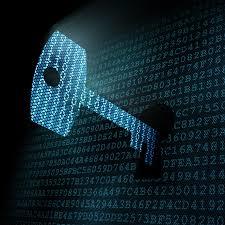The Mysterious Code - II
 Locked inside a room, you see a Number Pad with this note:
Locked inside a room, you see a Number Pad with this note:
"I am Professor Mad Math. The only way to escape is to punch in the correct Code into the Number Pad. The code is made up of the digits 1 to 9 inclusive, with each digit used exactly once.
-
No two consecutive digits are adjacent to each other.
-
The digits 2 and 4 are in the second and fourth position in some order.
-
The digits 6 and 8 are in the sixth and eighth position in some order.
-
The sum of the first five digits is 19.
-
The sum of the last five digits is 27.
Can you crack the code?"
The answer is 527418369.
This section requires Javascript.
You are seeing this because something didn't load right. We suggest you, (a) try
refreshing the page, (b) enabling javascript if it is disabled on your browser and,
finally, (c)
loading the
non-javascript version of this page
. We're sorry about the hassle.
Since this is a nine-digit code, you have to figure a b c d e f g h i . As all of the digit may be used only once and the sum of a + b + c + d + e = 1 9 ; e + f + g + h + i = 2 7 and a + b + c + d + e + f + g + h + i = 4 5 , then e = 1 .
As 2 and 4 must be either in B or D position, the consecutive integer to both of them (3) cannot be in A to D. In similar manner, as 6 and 8 be either in F or H position, 7 cannot be in F to H. Using the sum, we can conclude that a , b , c , d must be in 2 , 4 , 7 , 5 and f , g , h , i be in 3 , 6 , 8 , 9
As 5 is consecutive to 4, 4 cannot be place in B as it will make D = 2 and A and C, either of which has to be 5, be consecutive. Here, we will get d = 4 , b = 2 , a = 5 , c = 7 . In similar manner, 8 cannot be in H as it will make 9 which shall be in G or I consecutive. Using this, we will get f = 8 , h = 6 , i = 9 , g = 3
Thus, the number we are looking for is a b c d e f g h i = 5 2 7 4 1 8 3 6 9